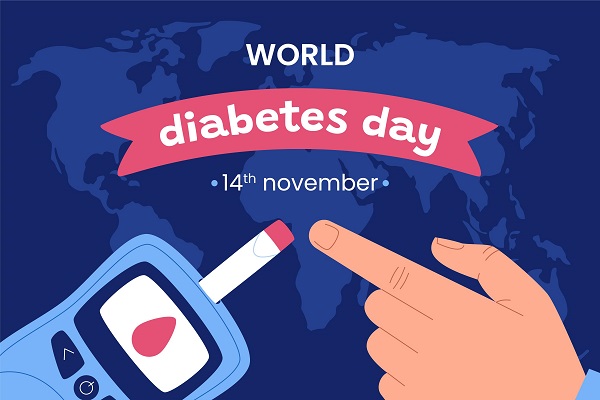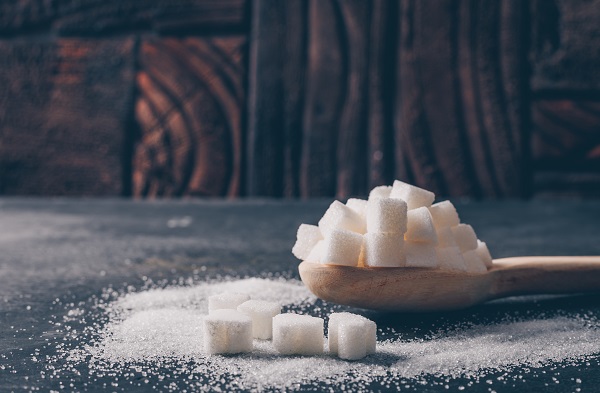Contributed by- Healthians Team
What is HbA1c?
If you are a diabetic or have someone in your family with the same, then the mention of HbA1c would surely ring a bell. HbA1c is a common term used by the doctors and investigation laboratories to check diabetes. This is a reading checked through the blood samples taken from an individual’s body to determine an overall picture of the average blood sugar levels over a period of 3/4 months.
HbA1c stands for the Glycated Hemoglobin. It is found when the protein in the Red Blood Cells which carry oxygen i.e. Hemoglobin, unites with the free glucose in the blood and is carried to all the parts of the body, hence becomes “Glycated”. This can easily be understood by breaking the name of the test in two:
HbA = Hemoglobin and 1c = Glycosylated
Is blood glucose same as HbA1c?
Blood glucose level (BGL) is the concentration of glucose in the blood at a single point in time, i.e. the very moment of the test. This can be measured using a fasting plasma glucose test, which is carried out using blood from a finger prick or can be taken from a blood sample from the arm. Its reading is measured in mmol/l.
Whereas HbA1c provides a longer-term trend, like an average, of how high your blood sugar levels have been over a period of time which ranges from weeks to months. An HbA1c reading can be taken from blood from a finger prick but is often taken as a blood sample from your arm. The HbA1c value is measured in mmol/mol.
What do HbA1c tests measure?
The HbA1c test counts the number of red blood cells that are glycosylated (attached to sugar) and reports it as a percentage – for example, if 8 out of every 100 red blood cells are attached to sugar, the HbA1c result will be 8%. This is different from BGL tests, which measure the amount of sugar that is freely circulating in the blood.

How does HbA1c explain free sugar in blood?
When our body processes sugar, the glucose in the blood stream has an affinity to hemoglobin and gets attached to it. The amount of glucose that combines with this protein is directly proportional to the total amount of sugar that is in your system at that time.
RBCs in the human body survive for 8-12 weeks before renewal; measuring glycated hemoglobin (or HbA1c) is used to reflect average blood glucose levels over that duration, providing a useful longer-term gauge of blood glucose control. If your blood sugar levels have been high in recent weeks, your HbA1c will also be greater.
Ranges of HbA1c
For maximum adults with diabetes, regardless of either Type 1 or 2, the general HbA1c target is <7% that means ideally 7 % or less of red blood cells should be glycosylated. HbA1c levels of 8.0% or above may indicate that tighter control of blood glucose levels is required. In adults who don’t have diabetes, the HbA1c levels are usually between 4.0 to 6.0%. The lower the HbA1c level in people with diabetes, the higher the risk of hypoglycemia (low blood glucose), so this and other factors, such as pregnancy, are also taken into consideration while drawing a conclusive report.
Check Your HbA1C Range
| HbA1c | Reading | % |
| Normal | Below 42 mmol/mol | Below 6.0% |
| Prediabetes | 42 to 47 mmol/mol | 6.0% to 6.4% |
| Diabetes | 48 mmol/mol or over | 6.5% or over |
Who should get HbA1c tested?
HbA1c testing is especially important because in early stages diabetes has no symptoms. Although no test is perfect, the HbA1c and blood glucose tests are the best tools available to diagnose diabetes—a serious and lifelong disease.
Testing enables health care providers to find and treat diabetes before complications occur and to find and treat prediabetes, hence delaying or preventing the incidence of Type 2 diabetes.

What you need to do to get tested?
It is a simple test and no fasting is required. You can eat and drink normally. Our technician simply takes a sample of blood by inserting a needle into a vein in your arm using a Smartprick or pricking the tip of your finger with a small, pointed lancet. The blood sample is sent to Healthians lab for analysis. You can return to your usual activities immediately.





MY HBA1C WAS 7.44. IS IT ALL RIGHT OR NEED SOME MORE CONTROL THE SUGAR LEVEL.
First target 7.0 and then slowly over a period of time get it below 6.4 or as close to 6 as possible. You can surely attain it with good diet-care, prescribed medicines/insulin, regular exercise, and minimizing stress in as much as possible. Cheers.
In the month of August 11th, my Blood Glucose Tests are as under:
Fasting 409
P.P. 687
HbA1C 12.1
From same day I had started taking medicines thrice daily I.e. Before Breakfast, Before Lunch and Before Dinner. Also give up eating Sugar, Potatoes, Rice, Banana, Grapes, Mango, Cheeku etc. After one and half month, With strict diet plan my sugar level came down like fasting: between 82 to 91, PP: between 126 to 138. So I had stopped taking medicines from mid of October onwards. Now my sugar level is
Fasting: between 79 to 84
PP: between 120 to 132.
So tell me please that Still I am falling in the category of Type 2 diabetic or Pre Diabetic?